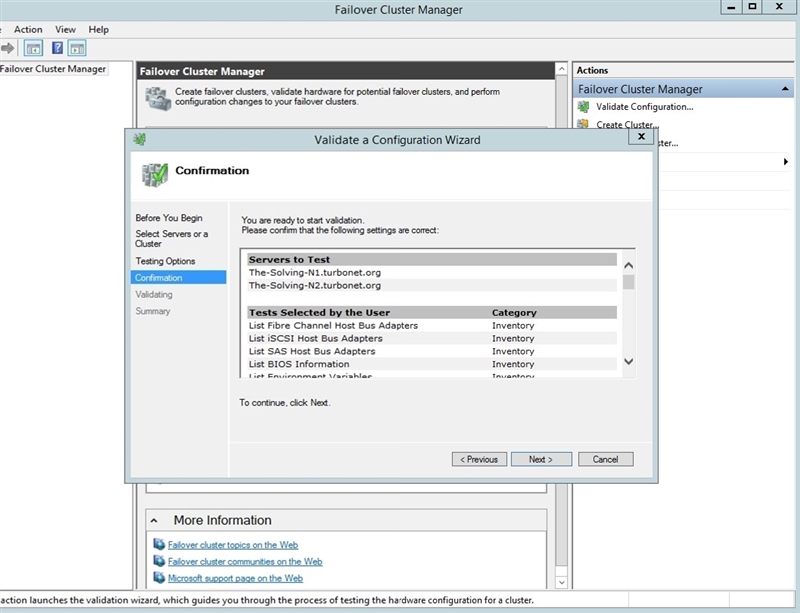Dataiku Value Clustering is a powerful tool for uncovering hidden value in your data. With this advanced analytics technique, you can identify customer segments, discover customer preferences and behaviors, and optimize your marketing campaigns
Dataiku Value Clustering enables you to identify the most profitable customer segments, develop targeted marketing strategies, and gain insights into customer behavior. With this powerful tool, you can unlock the potential of your data to create real value for your organization.
How do you validate clustering results?
Clustering is a powerful tool for discovering patterns in data, but it can be difficult to validate the results. To ensure that your clusters are meaningful, there are various methods you can use to validate clustering results.
These include analyzing the cluster size, comparing the clusters to known labels, and using metrics such as silhouette scores. By using these methods, you can validate your clustering results and determine if they are meaningful.
What is value clustering?
Value clustering is a process used in marketing and customer segmentation to group customers into categories based on their shared values and preferences. The main purpose of value clustering is to provide a better understanding of customer needs and behaviors, and to create targeted marketing strategies that will appeal to the desired audience
Value clustering helps businesses identify their ideal customer and tailor their marketing strategies accordingly. By understanding the values and preferences of their customers, businesses can better target their marketing efforts to ensure their message reaches the right people.
Can clustering handle missing values?
Clustering is a powerful tool for data analysis, but can it handle missing values? The answer is yes! Clustering algorithms can handle missing values, but it is important to understand how to properly prepare your data before running a clustering algorithm To ensure that your clustering algorithm can handle missing values, it is best to remove any rows or columns that have too many missing values, impute any missing values with an appropriate value, and normalize your data. With the right preparation, clustering can be a great way to analyze data with missing values.
What are the value clusters?
The term ‘value clusters’ is used to describe the concept of grouping together values that share a common theme or purpose. Value clusters are used by organizations to identify and prioritize goals and objectives, and to create a unified direction for their organization. Value clusters can be used to help organizations focus their resources, efforts, and investments on areas that will have the greatest impact and return on their investments
By understanding the value clusters, organizations are able to better understand their customers and their needs, and can then develop strategies and initiatives that are tailored to those needs. Value clusters can help organizations make the most of their resources and increase their chances of success.
How do you cluster values?
Clustering values is a process used to group similar values together. It can be used to identify patterns and trends in data, as well as to identify outliers. Clustering is a powerful tool for data analysis, and it can be used to solve a wide range of problems. The most common approach to clustering is to use a distance-based method such as K-Means clustering.
This approach uses a distance metric to measure the similarity between values and then groups similar values together. Other clustering approaches include hierarchical clustering, which uses a tree-like structure to group values, and density-based clustering, which uses density-based measures to identify clusters. Clustering can be used to identify customer segments, to detect anomalies, and to find data patterns.

